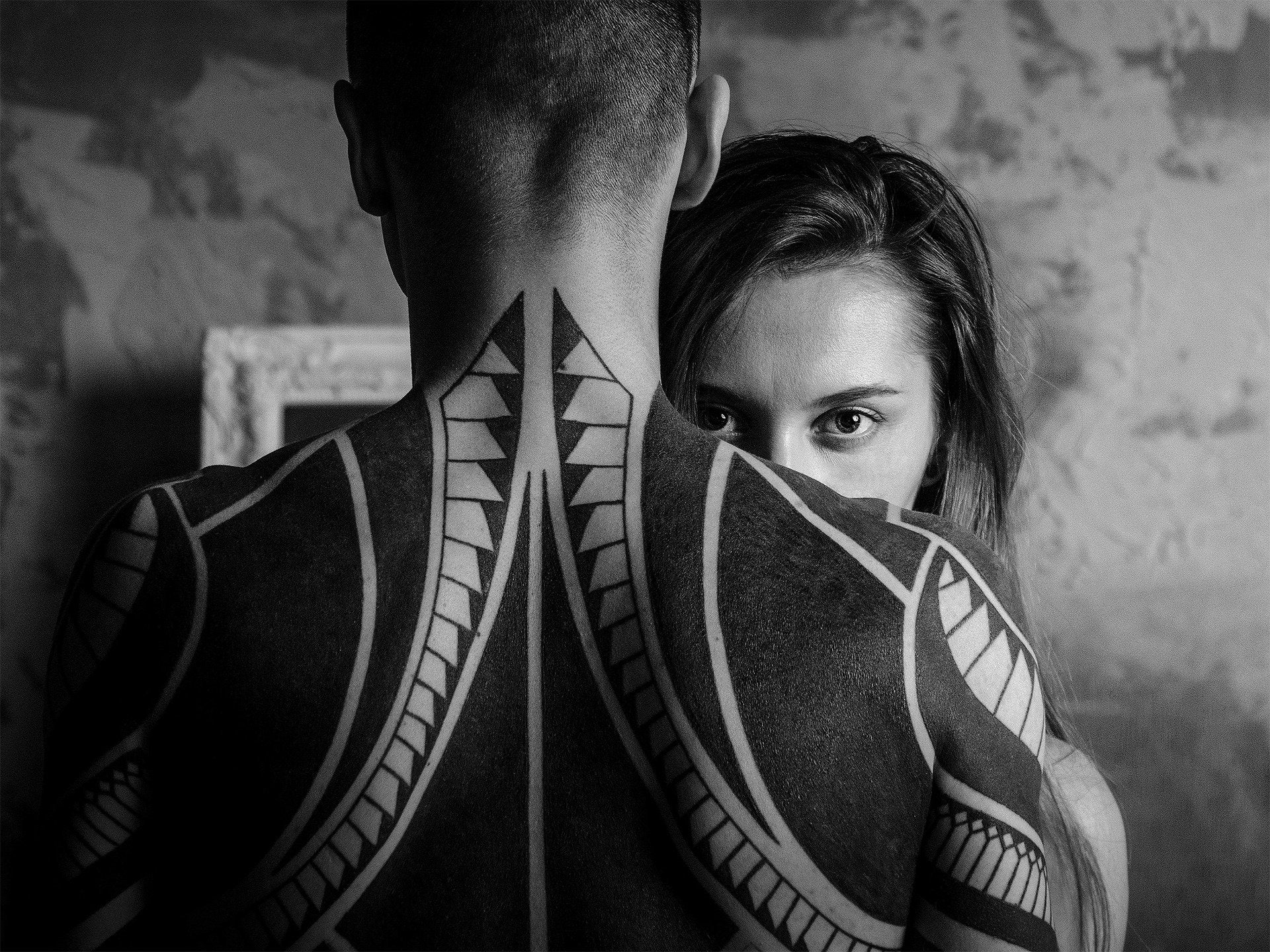HISTORY OF THE BELT
The symbolic meanings of the belt
The belt, i.e. a strip of more or less flexible material (rope, fabric, metal, leather) to tighten or support clothes at the waist, which in its first examples was nothing more than a simple cord, immediately also takes on an ornamental and distinctive meaning . The belt supports tools, weapons and objects of common use.
At the same time, practically all religions preserve traces of belts (often cords) used in sacred ceremonies and forming part of the priest's clothing. The cingolo is still part of the liturgical clothing of the Catholic priest. Furthermore, over the millennia, various cultures have assigned a sort of therapeutic function to the belt object.
Even today several primitive peoples use belts as amulets considered capable of preventing kennel cough rather than pleurisy. The history of the belt is therefore as old as man and was born with a sense of modesty while at the same time becoming part of the fashion of all times and all peoples.
From ancient Egypt to the civilizations of the Fertile Crescent, from Greece to Asia up to the ancient Jews, the historical-archaeological finds tell, despite the variety of shapes and ornaments, of an accessory symbol of class and wealth, of power and elegance. The Roman soldier wears the belt as a defensive element to show his rank (100 BC). Whoever is naked, without a belt, is the slave.
Over half a century after the belt, or rather the belt, remains, for the Teutonic warrior, what distinguishes the free man from the serf. The belts are very eye-catching and decorated with trimmings on which weapons and everyday objects are hung. After seeing the symbolism linked to the belt, let's try to summarize the history of the accessory in its main stages.
The belt: from the Bronze Age to the Renaissance
Some finds dating back to the Bronze Age speak of the use of metal belts already at that time. The belt was used by the ancient Egyptians and in all likelihood even before by the Finnish peoples to support the entire tunics on the hips and make them comfortable even in the event of sudden escapes. Examples of belts with cultic functions and identifying social class are found in all pre-Roman civilizations.
The cord that ties the habit at the waist of the monks is another type of belt which from the Middle Ages onwards took on a high symbolic value. The knots that Catholic priests create at the moment of investiture are so many sacrifices towards the materiality of the world. But as seen, it was not only the religious who assigned symbolic value to the belt, even soldiers and warriors recognized each other by rank from the belt, to which bags, sword sheaths and daggers were attached, immediately removable, thanks to the fact of having free hands.
It is from the 15th century AD that the belt begins to shed its symbolic meanings to become an almost eminently practical object, an accessory to clothing. Belt, cord or bragherio began to spread, with high leather belts to contain the belly and hold the leg cloths.
The belt becomes (also) feminine
With the Renaissance the history of the belt reached a new stage, also becoming used by women. The fashion for bodices and corsets gives way to comfortable tunics made of lighter materials that require belts at the waist. Also in this period the use of buckle , for better stability of the belt to the body.
The belt thus also becomes a feminine accessory, becoming "softer", refined and elegant as can be seen in various famous paintings of the time in which the beauty of the accessory often attracts more than the rest of the clothing.
The history of the belt towards modernity
The subsequent history of the belt will never abandon it belt as its characteristic element. The straps are gradually made in various shapes and sizes and differently decorated. The belt becomes much more comfortable and functional, it can be combined with braces, it can be raised and lowered from under the chest to the waistline.
Nowadays the belt, for both women and men, is an accessory that is always highly sought after and is worn beyond the functional need to hold clothes up at the waist. Belts are made in a thousand different shapes and colors depending on the trend of the moment, but you have to be careful about the materials with which they are made including rubber, cardboard, plastic.
The quality guarantee of a handcrafted belt can avoid us incurring unpleasant surprises and not make us forget that we are not just wearing an accessory (more functional or fashionable or both together is up to each of us to decide), but above all the distant descendant of one of the first handcrafted products made by man since his appearance on the planet


